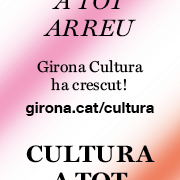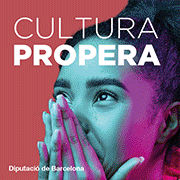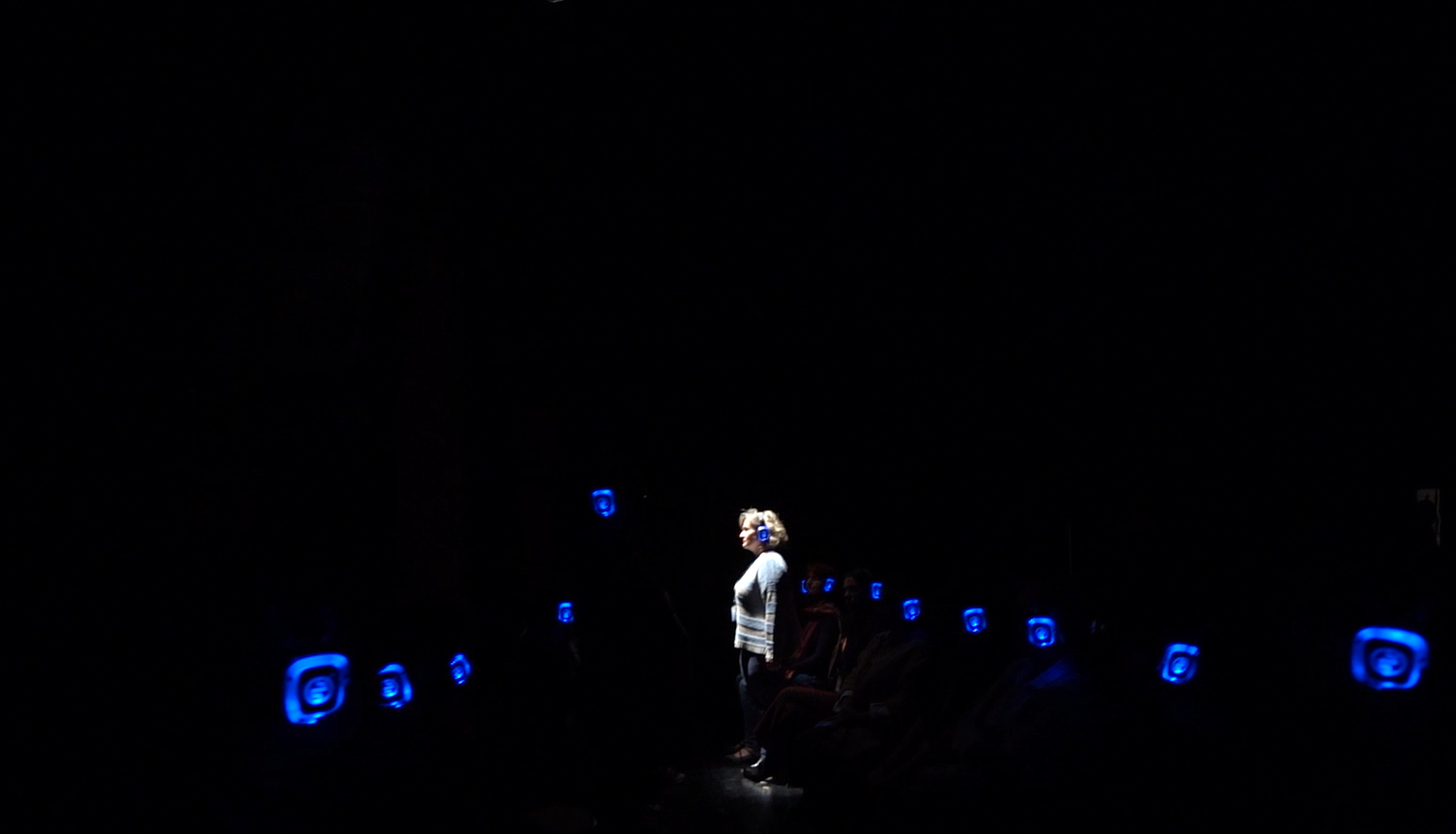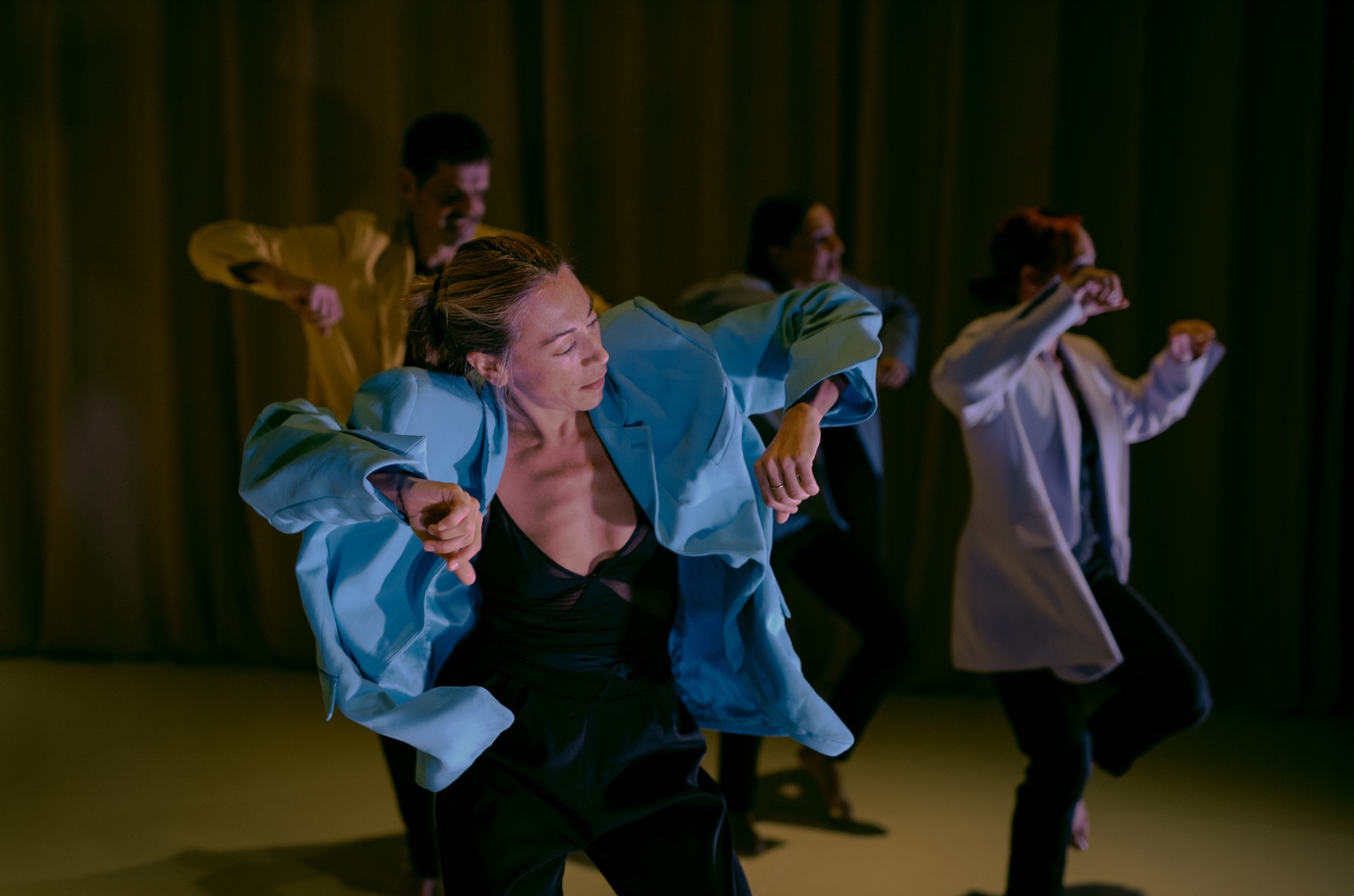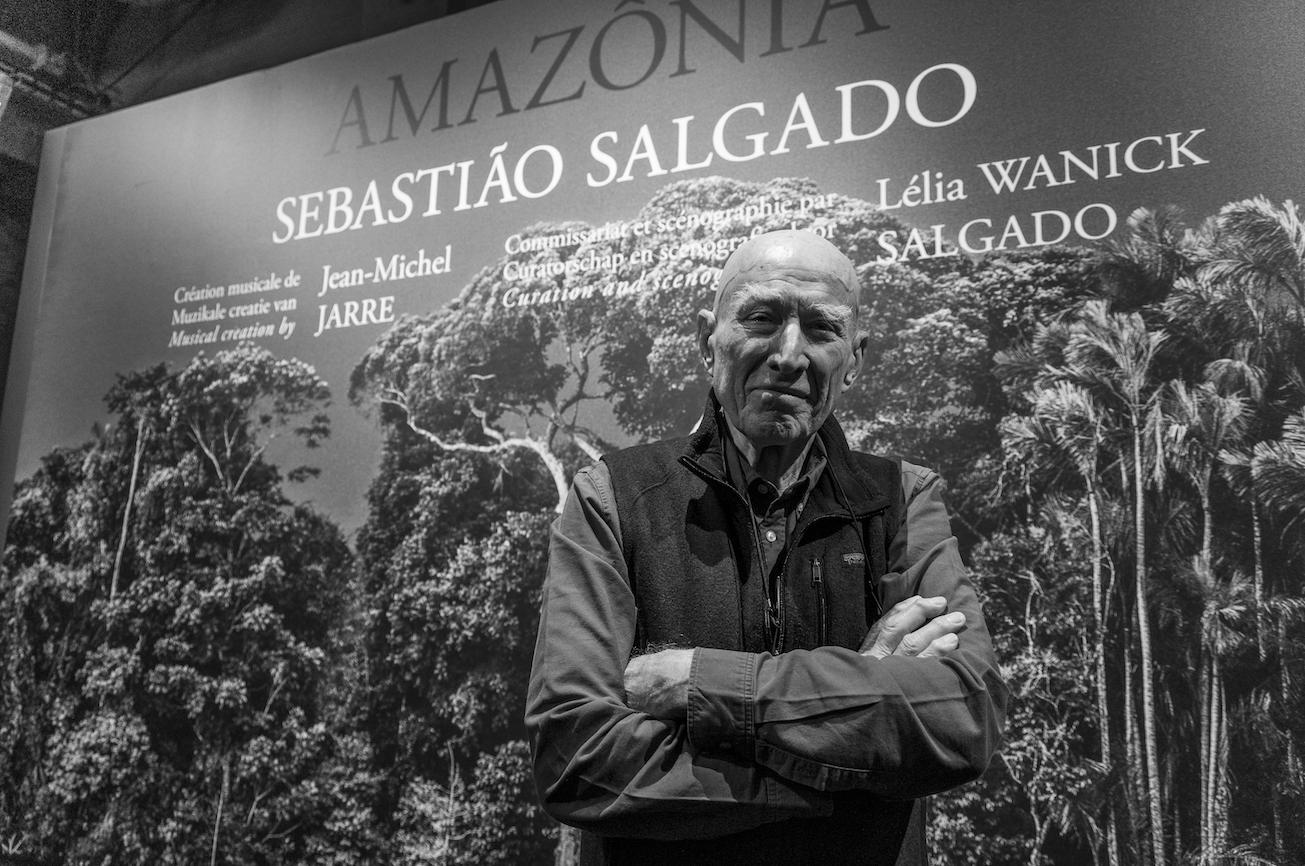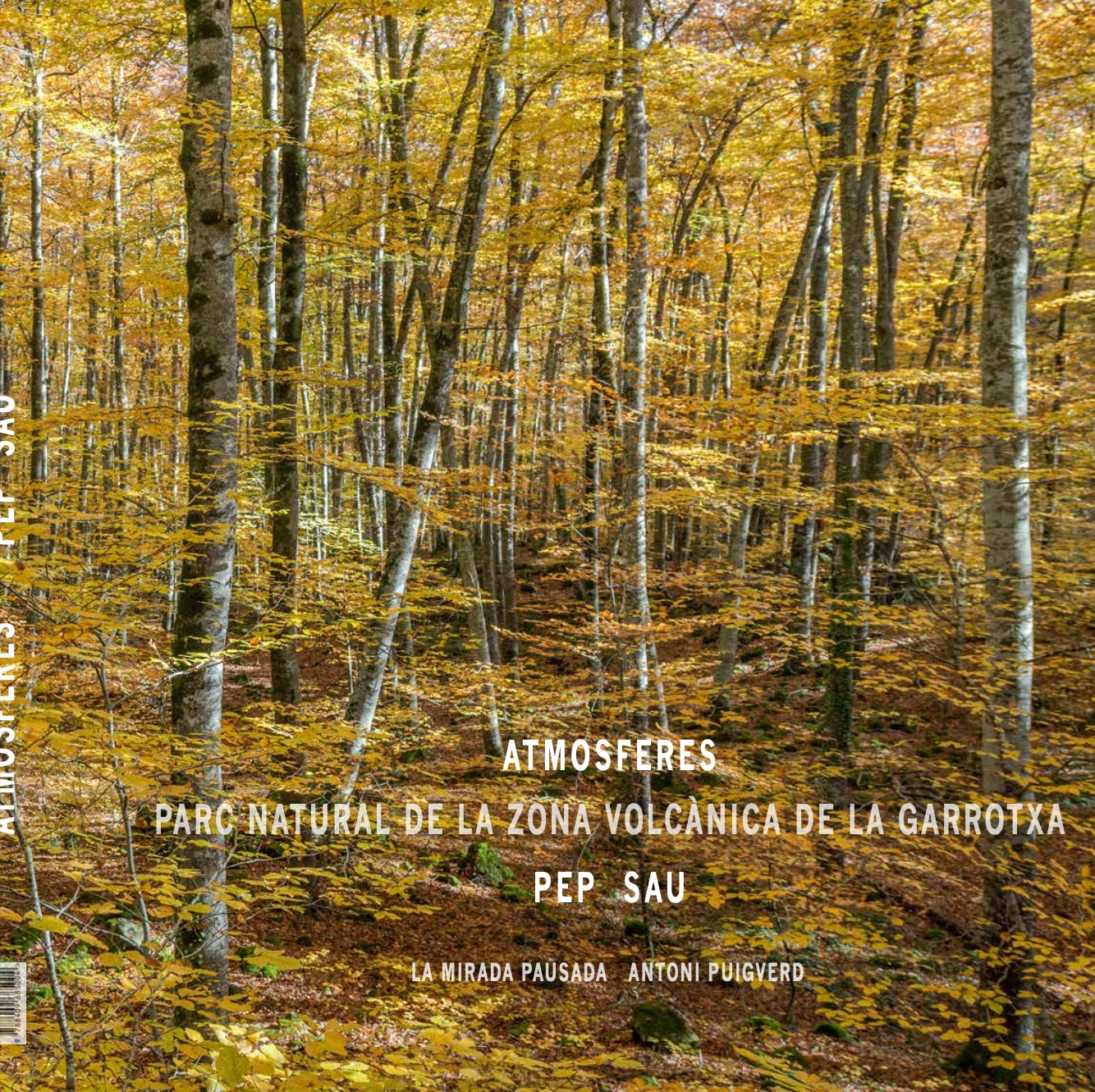Editorial
“The Passion” by Madola and Olesa de Montserrat
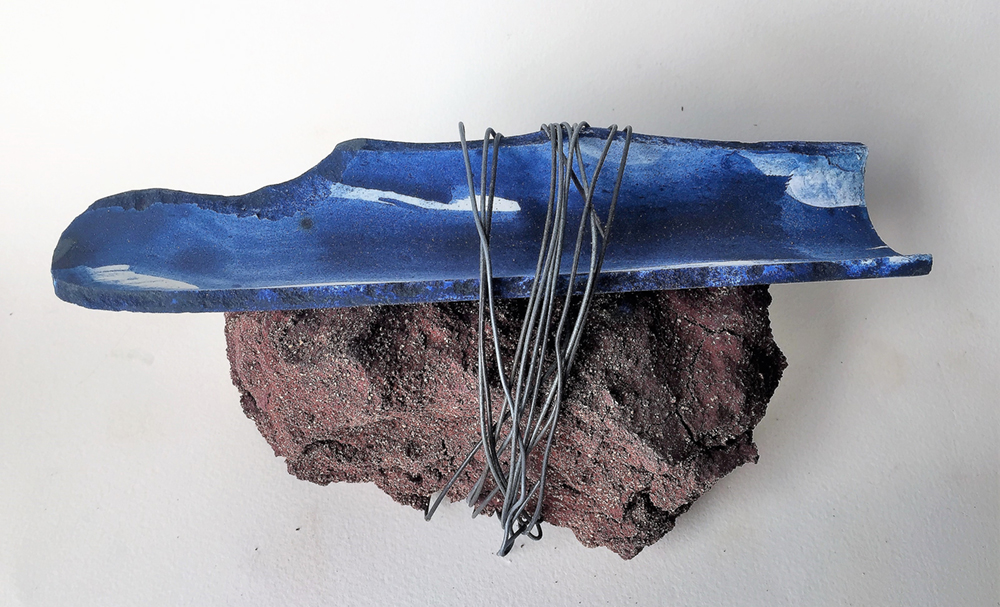
A WhatsApp message appears on my mobile screen, this magical and diabolical tool that causes enjoyment and addiction at the same time. It's Eva Buch, the director of education, outreach and heritage at the Naturgy Foundation. It's been a while since we last met, she came from the Montserrat Museum and, later, she went to work at the Gas Museum in Sabadell, a building where they now want to do something with added value, let's see if it's true! But let's continue. She starts talking to me about the Passion of Olessa and its magnificent art collection. The truth is that I'm taken aback, first because I had heard about this representation of the life of Jesus Christ, but I hadn't looked into it in depth and, on the other hand, I didn't know that she had an art collection - much of which is kept by La Factoria de les Arts de Terrassa (LaFact) according to Adrià Fornés, its director, who tells me. An anecdote, both the new Olesa theater and the building that houses LaFact were designed by the interesting and geometric brutalist architect Jan Baca Pericot. I am also surprised where Eva's passion for the Passion comes from. And, of course, I ask her. She tells me that she is from Olesa, who had been living abroad for many years, but a few years ago she returned and, of course, she went and was recruited to help promote this cultural initiative that started in 1538, yes, yes, 500 years of collective effort to develop an event of these characteristics. For this fact alone, it is worth going to see it. Also because the stage where it takes place is impressive, the quality of the representation, the human warmth, the sense of harmony, the scenography, the updating of this representation... the monumentality of everything becomes evident. And, of course, to get to know a city of 25,000 inhabitants that if it hadn't been for this cultural event, I wouldn't have visited and because, in addition, they have this special care and sensitivity for the world of art.
Passion art collection. I met Quim Moreno, a cultural activist, editor and art teacher at Elisava, whom we met at the board of Appec (Association of Periodical Publications in Catalan), in the corridor while he was visiting the small exhibition they were preparing for the artist they invited to make the poster. Quim, another from Olesa who I didn't know was from there. They tell me that the Comediants, this well-known Catalan theater group, are also from this city hidden under one of the most mythical and unknown mountains in Catalonia. This year, the guest artist is Madola -Maria Àngels Domingo Laplana-, the ceramist who, together with Claudi Casanovas, has become a reference in this field. We have just seen the magnificent exhibition Un foc millenari by Madola at the Fundació Vila Casas in Barcelona and, in addition, in 2024 the Generalitat de Catalunya recognized her with the National Craft Award. The poster created by the artist leaves no one indifferent, entitled Mare Dolorosa, which focuses on the suffering of Mary, the mother who loses her son. A very interesting approach, since within the collection of posters each artist puts their energy into a certain aspect: the cross, the body of Christ, the face of Christ, the aura of the entire liturgy... In the collection we find prominent names such as Antoni Tàpies, Ignasi Aballí, Arranz-Bravo, Antoni Clavé, Josep Guinovart, Antoni Llena, Joan Pere Viladecans... and it was necessary to begin to highlight in this collection the prominent role of women in Catalan art. Therefore, this choice is not accidental, like the choice for next year, the artist Assumpció Mateu. But the objectives of Eva and the president of the advisory council, Cristina Pujol, do not stop at preserving and cataloguing - as they are doing now - but rather at disseminating this rich collection among civil society - the town's schoolchildren have already enjoyed it - and generating a large exhibition with all this material. A challenge that they will surely achieve.


